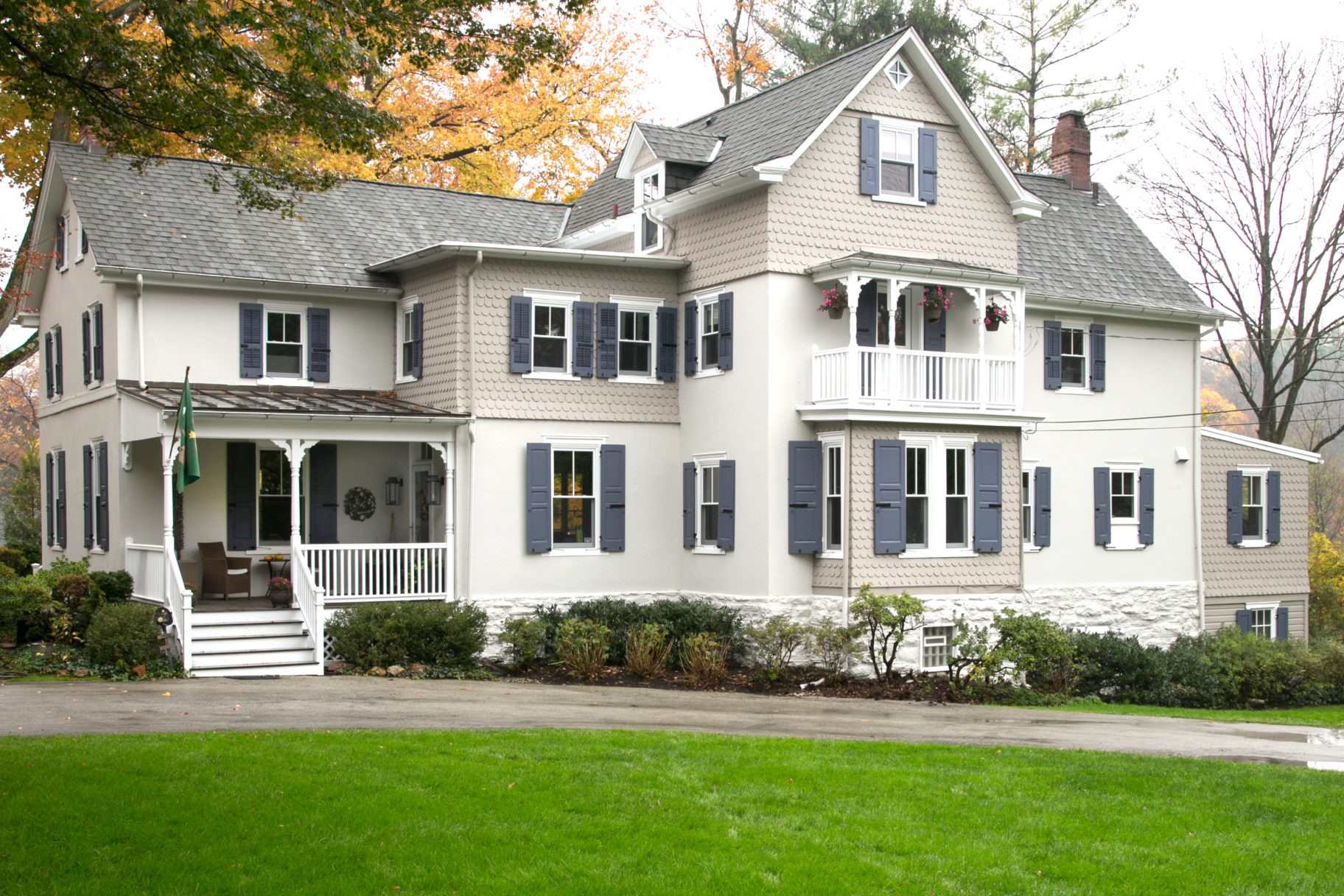Secrets Of Chester County’s Colonial Stone Springhouses

Have you ever wondered about the hidden gems in Chester County? One of the most intriguing features is the colonial stone springhouses scattered throughout the area. These small, sturdy buildings were essential to early settlers, providing a cool place to store perishable food before refrigeration existed. Built near natural springs, they harnessed the cool water to keep milk, butter, and other perishables fresh. Today, many of these springhouses still stand, offering a glimpse into the past. Exploring these historic structures can be a fun and educational experience for families, history buffs, and anyone curious about early American life.
Discovering Chester County's Colonial Stone Springhouses
Chester County, Pennsylvania, is a treasure trove of history. Among its many historical gems are the colonial stone springhouses. These structures, built during the 18th and 19th centuries, served as essential refrigeration units before the advent of electricity. Let's explore some of the most fascinating springhouses in Chester County.
1. The Brinton 1704 House Springhouse
The Brinton 1704 House is a well-preserved example of early American architecture. Its springhouse, constructed from local stone, is a testament to the ingenuity of colonial settlers. The cool, constant temperature of the springhouse made it perfect for storing perishable goods.
2. The Barns-Brinton House Springhouse
Located in Chadds Ford, the Barns-Brinton House dates back to 1714. The springhouse here is a charming structure that offers a glimpse into the past. It was used to keep milk, butter, and other perishables cool and fresh.
3. The Harlan House Springhouse
The Harlan House, built in 1715, features a springhouse that has stood the test of time. This stone structure, nestled near a natural spring, provided essential refrigeration for the Harlan family. Today, it remains a picturesque reminder of colonial life.
4. The Trimbleville Historic District Springhouse
Trimbleville Historic District is home to several historic buildings, including a well-preserved springhouse. This stone structure, built in the early 1800s, showcases the practical yet beautiful architecture of the time. It played a crucial role in the daily lives of the Trimbleville residents.
5. The John Chads House Springhouse
The John Chads House, constructed in 1725, features a springhouse that is both functional and aesthetically pleasing. The stone building, located near a bubbling spring, was essential for food preservation. Visitors can still see the original stonework and imagine life in colonial times.
6. The Newlin Grist Mill Springhouse
The Newlin Grist Mill, established in 1704, includes a springhouse that is a marvel of colonial engineering. This stone structure, built to last, provided a cool environment for storing dairy products and other perishables. The springhouse is part of the larger historic site, which offers a window into early American industry.
7. The Birmingham Friends Meetinghouse Springhouse
The Birmingham Friends Meetinghouse, dating back to 1763, features a springhouse that served the local Quaker community. This stone building, located near a natural spring, was crucial for keeping food fresh. The springhouse remains a significant part of the historic site.
8. The Hopewell Furnace National Historic Site Springhouse
Hopewell Furnace, a restored 19th-century iron plantation, includes a springhouse that highlights the ingenuity of early American settlers. The stone structure, built near a reliable water source, was essential for food preservation. Visitors can explore the springhouse and learn about its role in daily life at Hopewell Furnace.
9. The Thomas Massey House Springhouse
The Thomas Massey House, one of the oldest English Quaker homes in Pennsylvania, features a springhouse that dates back to the early 1700s. This stone building, located near a natural spring, provided essential refrigeration for the Massey family. The springhouse is a key part of the historic site, offering insight into colonial life.
10. The Historic Sugartown Springhouse
Historic Sugartown, a preserved 19th-century village, includes a springhouse that showcases the practical architecture of the time. This stone structure, built near a spring, was vital for keeping food fresh. The springhouse is part of the larger historic site, which offers a glimpse into the daily lives of early American settlers.
Chester County's Hidden Gems
Chester County's colonial stone springhouses offer a unique glimpse into the past. These structures, once essential for food preservation, now stand as historical landmarks. Visiting these springhouses provides a tangible connection to early American life. They are scattered across the county, each with its own story. Exploring them can be a rewarding experience for history buffs and casual visitors alike.
Many of these springhouses are located on private property, so always seek permission before visiting. Some are part of public parks or historical sites, making them more accessible. Whether you're a local or a tourist, taking the time to visit these hidden gems can enrich your understanding of Chester County's heritage. So, next time you're in the area, consider adding a springhouse tour to your itinerary. You'll be stepping back in time, discovering a piece of history that's often overlooked.

